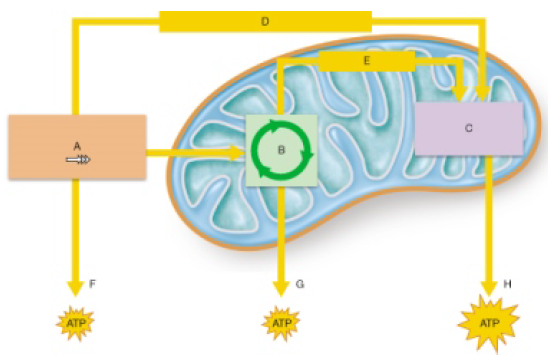Treatment of plants with fungicides may result in a phosphorus deficiency. What is the most likely explanation for this observation?
A. Phosphorus transporters in the plasma
membrane of the plant cells are destroyed.
B. Plant cell walls impede the uptake of
phosphorus after fungicide has been sprayed
to limit the amount of fungicide that enters the
plant.
C. ATP synthesis is blocked, so phosphorus
cannot be absorbed into plant cells.
D. Nitrogen fixation is inhibited.
E. Mycorrhizal symbionts are destroyed by
the fungicide.
E
You might also like to view...
The hyphae of basidiomycetes:
A. can contain one diploid nucleus B. can contain one haploid nucleus C. can be dikaryotic D. can be heterokaryotic E. can be any of the choices provided except "one diploid nucleus"
Antimicrobials that are macrolides
A. include azithromycin, clarithromcyin, and erythromycin. B. disrupt cell membrane function. C. are very narrow-spectrum drugs. D. include tetracyclines. E. are hepatotoxic.
Where do the processes indicated by the letter C occur?

a. within the mitochondrial intermembrane space
b. on the inner mitochondria membrane
c. on the outer mitochondrial membrane
d. within the mitochondrial matrix
Which of the following statements about drug resistance is FALSE?
A) It may be carried on a plasmid. B) It may be transferred from one bacterium to another during conjugation. C) It may be due to enzymes that degrade some antibiotics. D) It is found only in gram-negative bacteria. E) It may be due to increased uptake of a drug.